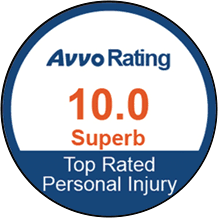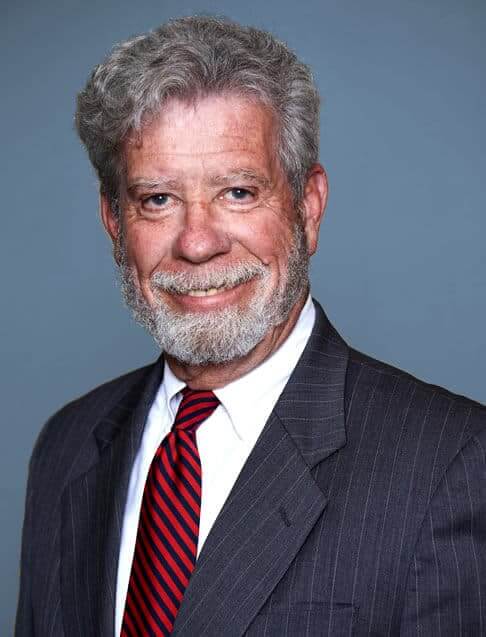Elevator & Escalator Accidents
Our accident lawyers in NYC represent victims of elevator and escalator incidents. Thousands of New York City residents use elevators and escalators each day. These machines have strict regulations and must be inspected to ensure safety. Unfortunately, accidents do happen and can cause serious injuries to unknowing passengers. Sudden stops, improper leveling and entrapment are just some defects that can cause harm to passengers.
In many cases, elevator and escalator accidents are caused by another’s negligence. If you have been injured in such an incident, then you may have grounds for a lawsuit. Our accident lawyers hold manufacturers, inspection agencies and building managers accountable for their negligence.
Escalator Accidents
Our escalator accident lawyers in NYC handle escalator accident cases that cause serious harm to passengers, employees, custodial staff, safety workers, and maintenance or inspection personnel. Our escalator accident attorneys can prove falls caused by escalators through our cutting-edge investigation and visual representation techniques at trial.
How Do Escalators Operate?

Escalators are a surprisingly simple piece of equipment. They operate similar to a conveyor belt, but with steps instead of a flat belt surface. A motor moves rotating chains that are connected to the top step. The rest of the steps are connected to the top step and pulled along behind it. Each step has 2 wheels underneath that follow a guide track. The steps stay perfectly level and flatten out at the top due to the design of the track. The handrails are attached to wheels that are designed to move precisely at the speed of the steps as a safety feature.
The steps include grooves that allow them to flatten and fit together. The top of the escalator where the steps flatten out includes a comb plate that matches the grooves to prevent spacing between the step and the building floor. The correct maintenance of this plate is important to prevent clothes and other items from being pulled in at the top of the steps. Due to the simplicity of this machine, a malfunction can be highly indicative of negligence.
What Are Some Common Causes Of Escalator Accidents?
Similar to a staircase, moving up or down on an escalator involves an inherent risk of falling. Additionally, there is a risk of clothing or limbs getting caught due to negligently maintained spacing or gaps in the comb plate. Escalators are now required to have guard brushes and emergency stop buttons, while some also have automatic sprinklers. However, if improperly maintained, lint can collect in the gears and create a fire hazard.

A fall on an escalator can be caused by improper speed, a sudden stop, malfunctioning handrails or misleveling of the steps or comb plate. These causes are often due to negligent maintenance. Additionally, it is possible for a slippery condition to form the basis for liability if the premises manager had constructive notice and a chance to correct the hazard.
Most injuries on escalators are caused by "falls on" or "falls from" the machine. These types of accidents also include falls over the side. When a fall is caused by one of the above mentioned malfunctions, an investigation must determine if the malfunction was caused by negligence in maintenance or inspection.
Another hazard on escalators is entrapment. This can be caused by misleveling. Misleveling should not occur when a proper inspection schedule is followed. Misleveling can occur as a result of damage to the steps, or to the tracks that the steps follow.
Additionally, escalators pose a fire hazard. Due to the amount of people who ride them and the nature of the machine, lint can ride the tracks and enter the machinery. If the motor area is filled with combustible objects, it is a clear fire hazard. Escalators must include guard brushes to prevent this. A lack of or improper use of these guard brushes can demonstrate negligence in a fire-related injury.
Escalator Standards
Escalators must be maintained according to The American Society of Mechanical Engineers' standards and specifications, ASME A17. New York City also has its own regulations set out by New York City, N.Y., Code § 27-982 to § 27-1005. Victims of an escalator-related injury may have grounds for a claim against either the building’s managing agent or the escalator maintenance company. Usually, the more automated a machine is, the less likely that the malfunction was caused by human error; in these cases, it is more likely that negligent maintenance or repair is responsible for the incident.
How Often Should NYC Escalators Be Inspected?

All New York City escalators must follow set guidelines regarding the manner and timing of their inspections. These include a Category 1 test each year and a Category 5 test every 5 years. These inspections must be completed by an approved inspection agency and witnessing agency. Any defects found during a Category 1 inspection must be fixed within 120 days. However, if any hazardous issues are found during an inspection, they must be fixed immediately. If escalator inspections are not completed within the required time frame, or if the issues found during an inspection are not corrected, then the building manager may be found negligent. If an inspection fails to discover issues that lead to an injury, then the building manager or the inspecting agency may be found negligent.